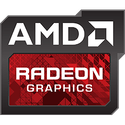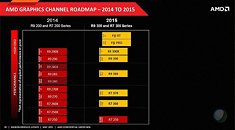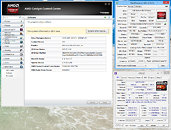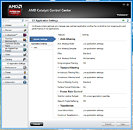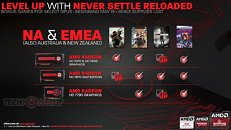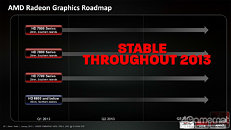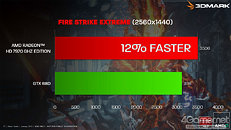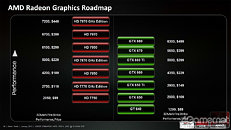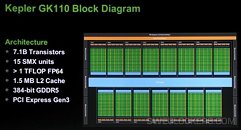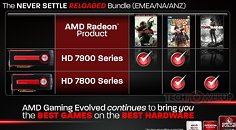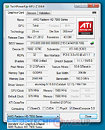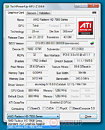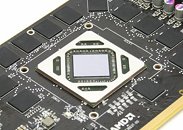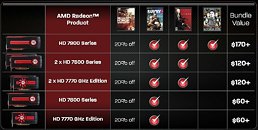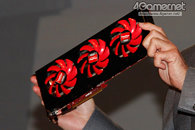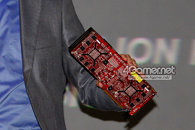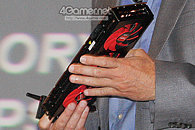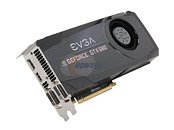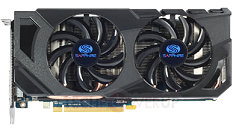
ASUS Intros Radeon RX 7900 XTX and RX 7900 XT DUAL OC Graphics Cards
ASUS introduced the Radeon RX 7900 XTX and RX 7900 XT DUAL OC graphics cards. The two join ASUS's rather slim RX 7900 series custom-design lineup, which until now only included the TUF Gaming OC products for the RX 7900 XT and RX 7900 XTX. ASUS's common board design for the cards it's launching, features a large cooler shroud, a tall, yet triple-slot board design, and a cooling solution that uses an aluminium fin-stack heatsink that uses no more than two Axial-Tech fans, hence the name DUAL OC. We've seen this exact board design on some of the RTX 30-series "Ampere" DUAL OC products, so ASUS may probably be carrying over the design, with suitable changes for compatibility with the "Navi 31" GPU.
Both the RX 7900 XTX and RX 7900 XT DUAL OC cards feature a milder factory overclock compared to the company's TUF Gaming OC products. The RX 7900 XTX DUAL OC does 2455 MHz Game clock (compared to 2365 MHz reference); while the RX 7900 XT DUAL OC offers 2075 MHz Game clocks compared to 2025 MHz AMD reference. It's also interesting to note here, that the RX 7900 XTX/XT DUAL OC cards feature a significantly different board design than the RX 7900 GRE DUAL OC, which features a design closer to that of the RX 7800 XT DUAL OC. Both the RX 7900 XT DUAL OC and RX 7900 XTX DUAL OC feature triple 8-pin PCIe power connectors, and display I/O that includes three DisplayPort 2.1, and one HDMI 2.1. Besides the minimal RGB, the cards offer dual-BIOS, with the Q-BIOS running them at reference speeds, and with a tighter fan curve. The card measures 32.3 cm in length, 14.7 cm in height, and is no more than 3 slots thick. The company didn't reveal pricing.
Both the RX 7900 XTX and RX 7900 XT DUAL OC cards feature a milder factory overclock compared to the company's TUF Gaming OC products. The RX 7900 XTX DUAL OC does 2455 MHz Game clock (compared to 2365 MHz reference); while the RX 7900 XT DUAL OC offers 2075 MHz Game clocks compared to 2025 MHz AMD reference. It's also interesting to note here, that the RX 7900 XTX/XT DUAL OC cards feature a significantly different board design than the RX 7900 GRE DUAL OC, which features a design closer to that of the RX 7800 XT DUAL OC. Both the RX 7900 XT DUAL OC and RX 7900 XTX DUAL OC feature triple 8-pin PCIe power connectors, and display I/O that includes three DisplayPort 2.1, and one HDMI 2.1. Besides the minimal RGB, the cards offer dual-BIOS, with the Q-BIOS running them at reference speeds, and with a tighter fan curve. The card measures 32.3 cm in length, 14.7 cm in height, and is no more than 3 slots thick. The company didn't reveal pricing.






